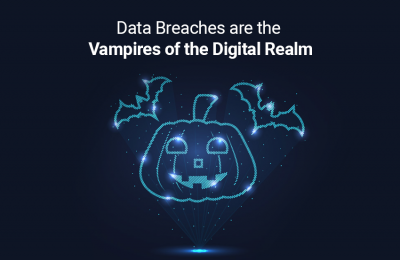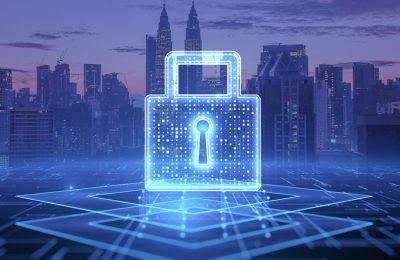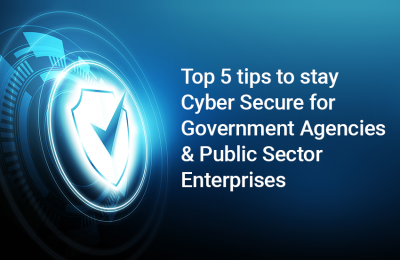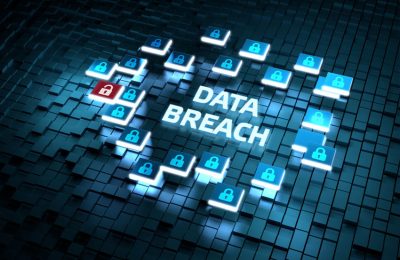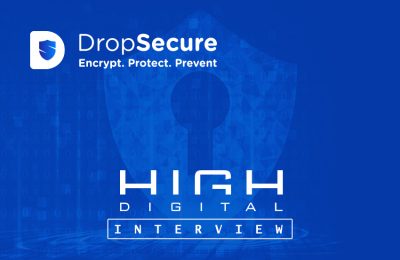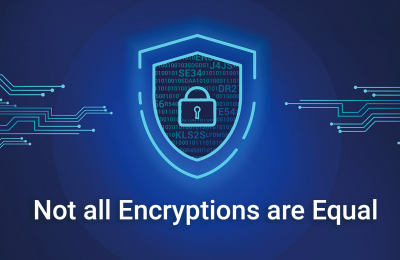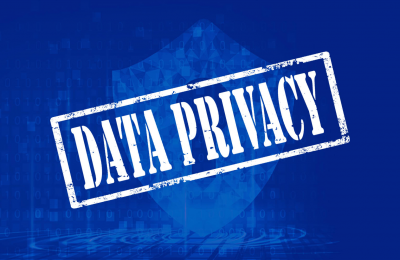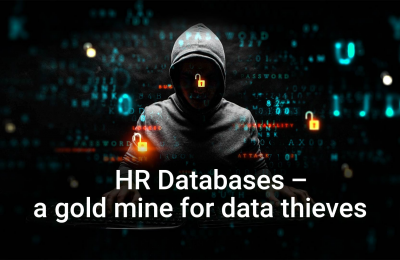In today’s world, data is one of the most valuable assets for businesses. With the increasing prevalence of cyber threats, it has become more important than ever to take proactive measures to secure your data. Here are the top 10 ways to secure your data in 2023:
1. Use End-to-End Encryption
End-to-end encryption (E2EE) is a security measure that encrypts data in transit from one user to another, so that only the intended recipient can decrypt it. By using E2EE, you can ensure that your data is secure even if it is intercepted during transmission.
E2EE is different from ‘client-to-server’ (C2S) protection as C2S protection stores your data in its unencrypted form in the cloud servers, making it easily readable, in case the cloud is hacked.
On the other hand, with E2EE, data is stored on the cloud in an encrypted form and cannot be read even in the event of the cloud servers getting hacked. In E2EE, the data is encrypted (locked) locally on the sender’s device and gets decrypted (unlocked) only on the receiver’s device. This means that the data remains encrypted throughout the transfer process, thus ensuring complete safety.
2. Implement Multi-Factor Authentication/Two-Factor Authentication
Multi-factor authentication (MFA)/ Two-factor Authentication is a security measure that requires users to provide more than one form of authentication before accessing sensitive data. MFA consists of a combination of a password and an OTP or a fingerprint scan or a facial recognition scan to access data secured.
A secure file collaboration platform, such as DropSecure, provides MFA even for unregistered users. So all links that are sent by email, to access the data shared, are secured such that only the intended recipient can access the data. At DropSecure, our preferred option for MFA is TOTP (Time-based OTP) Authenticator, especially, since no extra hardware is required to use it.
3. Use Secure File-Sharing and Storage Solutions with Zero Knowledge Transfers
Secure file-sharing solutions, like DropSecure, can protect your data during transit and at rest. These solutions use Zero Knowledge Encryption which scrambles your data into cipher text by using an encryption key that only you, and no one else, can have access to this data in its true form.
The data and files are broken down into smaller chunks and encrypted on your browser using AES-256-bit encryption before they are sent to the DropSecure servers.
4. Conduct Regular Security Audits
Regular security audits can help you identify vulnerabilities in your security infrastructure and take steps to address them. This can include penetration testing, vulnerability scans, and other security assessments. In addition, a cloud-based provider like DropSecure has an extensive audit and logging system that enables your company’s sanctioned security officers to keep track of all data shared and accessed.
5. Train Employees on Cybersecurity Best Practices
One of the biggest threats to data security is human error. Employees should be trained on cybersecurity best practices, including password management, phishing scams, and social engineering attacks. By educating your employees, you can help prevent security breaches caused by human error.
Employees should ideally stay updated on the latest regulations that are required to be complied with by the Government.
6. Use Antivirus and Antimalware Software
Antivirus and antimalware software can protect your systems from malware and other types of cyber threats. It is important to keep your antivirus and antimalware software up to date to ensure it is effective against the latest threats.
7. Secure Your Wi-Fi Network
Wi-Fi networks are a common entry point for cyber attackers. Make sure your Wi-Fi network is secured with a strong password and encryption to prevent unauthorized access.
8. Implement a Backup and Disaster Recovery Plan
Data loss can occur due to hardware failure, cyberattacks, or natural disasters. Implementing a backup and disaster recovery plan can help you quickly recover from data loss and minimize downtime. Choosing a Backup Plan with end-to-end encryption will ensure that even in the case of a hack, data stored on the cloud servers will be in its decrypted form.
9. Monitor Your Network for Suspicious Activity
Monitoring your network for suspicious activity can help you detect security breaches before they cause significant damage. This can be done using intrusion detection systems, firewalls, and other security monitoring tools.
10. Keep Your Software and Operating Systems Up to Date
Software and operating system updates often contain security patches that address vulnerabilities. It is important to keep your software and operating systems up to date to ensure that they are protected against the latest threats.
In conclusion, data security is an ongoing process that requires proactive measures to protect against cyber threats. By implementing these top 10 ways to secure your data in 2023, you can help ensure that your business is protected against the latest threats and minimize the risk of a security breach.

